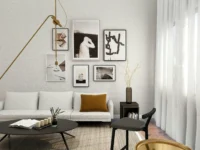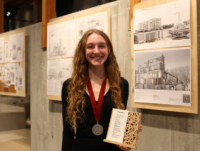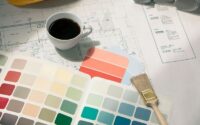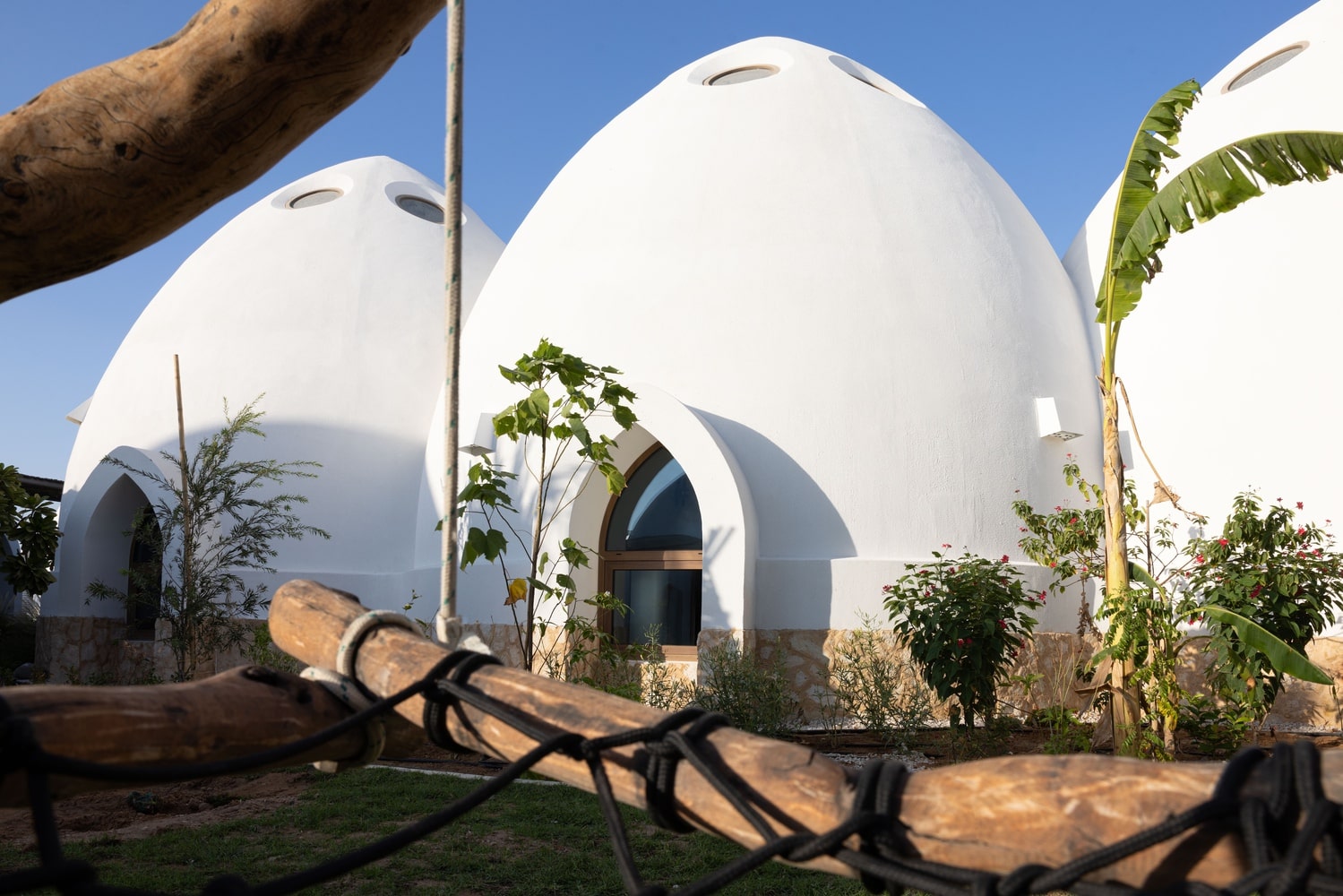- Home
- Articles
- Architectural Portfolio
- Architectral Presentation
- Inspirational Stories
- Architecture News
- Visualization
- BIM Industry
- Facade Design
- Parametric Design
- Career
- Landscape Architecture
- Construction
- Artificial Intelligence
- Sketching
- Design Softwares
- Diagrams
- Writing
- Architectural Tips
- Sustainability
- Courses
- Concept
- Technology
- History & Heritage
- Future of Architecture
- Guides & How-To
- Art & Culture
- Projects
- Interior Design
- Competitions
- Jobs
- Store
- Tools
- More
- Home
- Articles
- Architectural Portfolio
- Architectral Presentation
- Inspirational Stories
- Architecture News
- Visualization
- BIM Industry
- Facade Design
- Parametric Design
- Career
- Landscape Architecture
- Construction
- Artificial Intelligence
- Sketching
- Design Softwares
- Diagrams
- Writing
- Architectural Tips
- Sustainability
- Courses
- Concept
- Technology
- History & Heritage
- Future of Architecture
- Guides & How-To
- Art & Culture
- Projects
- Interior Design
- Competitions
- Jobs
- Store
- Tools
- More
African Flow Kindergarten by Urbanitree
African Flow Kindergarten in Cameroon blends ancestral architecture with sustainable materials to create a nature-inspired, culturally rooted educational space. This innovative design fosters community engagement, holistic learning, and local craftsmanship, setting a new standard for eco-conscious early childhood education.
The African Flow Kindergarten, designed by architects Vicente Guallart and Daniel Ibáñez of Urbanitree, offers a pioneering approach to early childhood education in Cameroon. Rooted deeply in the principles of ancestral African architecture, this kindergarten embraces a design philosophy that nurtures a strong emotional bond between children and their environment. Located in Soa, near Yaoundé—the capital city—this project reflects a fusion of tradition and innovation aimed at fostering a fluid and intuitive experience for young learners.
The architects collaborated closely with local artisans and utilized indigenous materials like wood and rammed earth, prioritizing low-tech, sustainable construction techniques. This approach not only responds to the rapid development pressures in the region but also encourages community involvement and knowledge exchange.

Table of Contents
ToggleA School Designed as a Living Ecosystem
Connecting Children with Nature and Culture
African Flow is conceived as a continuous system of interconnected ecosystems representing mountain, savanna, village, and forest landscapes. These ecosystems are not just metaphors; they form the backbone of the school’s spatial organization and pedagogical strategy.
Children experience the school as a flowing journey, moving seamlessly between different environments throughout their day. This dynamic circulation supports diverse learning activities and fosters social interaction across multiple layers—from peer groups to the broader community.
Central Courtyard and Four Distinct Ecosystems
At the core of the school lies a spacious central courtyard that acts as a social hub. Surrounding this heart, four ecosystems are connected via a corridor, each with unique features designed to stimulate different developmental aspects:
-
Mountain: A sanctuary for creativity and introspection, this area includes a grotto-like space where children can find quiet moments for reflection and inspiration.
-
Village: A social and communal zone that incorporates a chapel designed as an abstract space where light filters through perforated walls, inviting calm, contemplation, and group reflection.
-
Savanna: This expansive linear zone encourages group learning inspired by traditional “campfire” educational methods. It features stepped seating and open floor spaces for play and collective activities.
-
Forest: Acting as a transitional space, the forest blends indoors and outdoors with a modular constructed tree made from interlocking elements reminiscent of Lego. Adjacent to a small natural woodland, it offers opportunities for exploration and connection with nature.

Educational Activities Inspired by Space and Culture
Day-to-Day Learning and Play
The kindergarten’s daily rhythm is intricately linked to its spatial design. Children engage in a range of activities aligned with the character of each ecosystem, including:
-
General assemblies with teachers for group interaction and communication
-
Stimulation exercises involving short, focused information sessions
-
Physical activities such as climbing on brachiation bars and ladders, promoting motor skills
-
Spiritual reflection within the chapel’s serene atmosphere
-
Free play in the central courtyard fostering socialization and creativity
-
Small group exploration for hands-on learning experiences
-
Materials experimentation in a dedicated laboratory space
-
Music sessions featuring local instruments, nurturing cultural identity and expression
This holistic approach integrates education, culture, and nature, encouraging children to develop cognitively, emotionally, and physically in harmony with their surroundings.

Embracing Local Materials and Construction Techniques
A Collaborative, Low-Tech Building Process
The project’s construction philosophy emphasizes mutual learning between the European design team and local Cameroonian communities. It was vital to create a building that not only serves educational purposes but also empowers the community through skills transfer and sustainable practices.
Rather than relying on industrialized, standardized methods, African Flow employs low-carbon, locally sourced materials, such as rammed earth and azobé wood, a dense, termite-resistant timber native to the region. The use of these materials minimizes environmental impact while celebrating Cameroon’s rich natural resources.
Supporting Local Industry and Workforce
One of the project’s goals was to invigorate local craftsmanship and production. The architects engaged with local manufacturers, many of whom typically export to Europe and China, to develop supply chains for essential materials. This collaboration fostered knowledge exchange and helped create new economic opportunities.
Local laborers, many without previous experience in wood construction, were trained on-site, ensuring the skills developed can support future low-emission building projects in the region.

Architectural Expression Inspired by Nature and Tradition
Patterns, Geometry, and Topography
The school’s architectural language draws inspiration from primitive geometric patterns and simple construction systems, which arise naturally from the materials used. The warm, reddish tones of the rammed earth walls echo the native soil, creating a visual and tactile continuity between building and landscape.
The site’s original topography allowed for a second level to be constructed, which will serve as housing for the community responsible for the kindergarten’s ongoing operation.
Inside, various local hardwoods like iroko, sapele, doussie, and movingui add warmth and texture. These woods, prized internationally as tropical hardwoods, are both traditional and practical building materials within Cameroon.
Conclusion: A Model for Culturally Rooted, Sustainable Education
The African Flow Kindergarten demonstrates how architecture can play a transformative role in education by embracing local culture, environment, and materials. This project not only offers children a meaningful connection to their heritage but also supports sustainable development through innovative construction methods and community empowerment.
By blending ancestral design wisdom with modern pedagogy and ecological sensitivity, African Flow sets a compelling precedent for future educational spaces in Africa and beyond.
Photography: Adrià Goula
- African Flow Kindergarten
- Ancestral African Design
- Cameroon Architecture Project
- Community Empowerment Architecture
- Culturally Rooted Education
- Early Childhood Education Design
- Eco-Friendly School Design
- Educational Landscape Design
- Indigenous Materials Architecture
- Innovative Kindergarten Design
- Interconnected Ecosystems Design
- Local Craftsmanship Building
- Low-Tech Building Techniques
- Nature-Based Learning Spaces
- Rammed Earth Construction
- Sustainable Architecture Cameroon
- Sustainable Development Africa
- Traditional African Architecture
- Tropical Hardwood Architecture
- Urbanitree Architects
I create and manage digital content for architecture-focused platforms, specializing in blog writing, short-form video editing, visual content production, and social media coordination. With a strong background in project and team management, I bring structure and creativity to every stage of content production. My skills in marketing, visual design, and strategic planning enable me to deliver impactful, brand-aligned results.
Submit your architectural projects
Follow these steps for submission your project. Submission FormLatest Posts
Vizafogó Kindergarten Budapest by Archikon Architects
Vizafogó Kindergarten in Budapest by Archikon Architects reimagines a socialist-era prefabricated building...
Noventa Vicentina Blue Kindergarten by MD41
Discover the Noventa Vicentina Blue Kindergarten by MD41, a vibrant NZEB-certified educational...
Beijing Gaoliying Kindergarten by MAT Office
MAT Office’s circular Beijing Gaoliying Kindergarten fosters freedom, play, and discovery through...
Al Fanar School by EMKAAN
Al Fanar School in Dubai by EMKAAN symbolizes resilience, inclusivity, and cultural...





















































Leave a comment